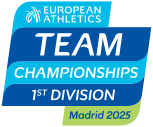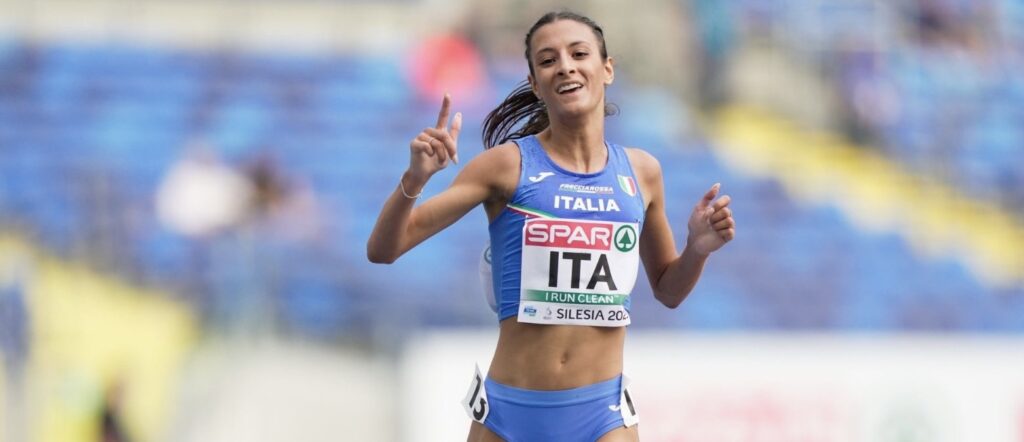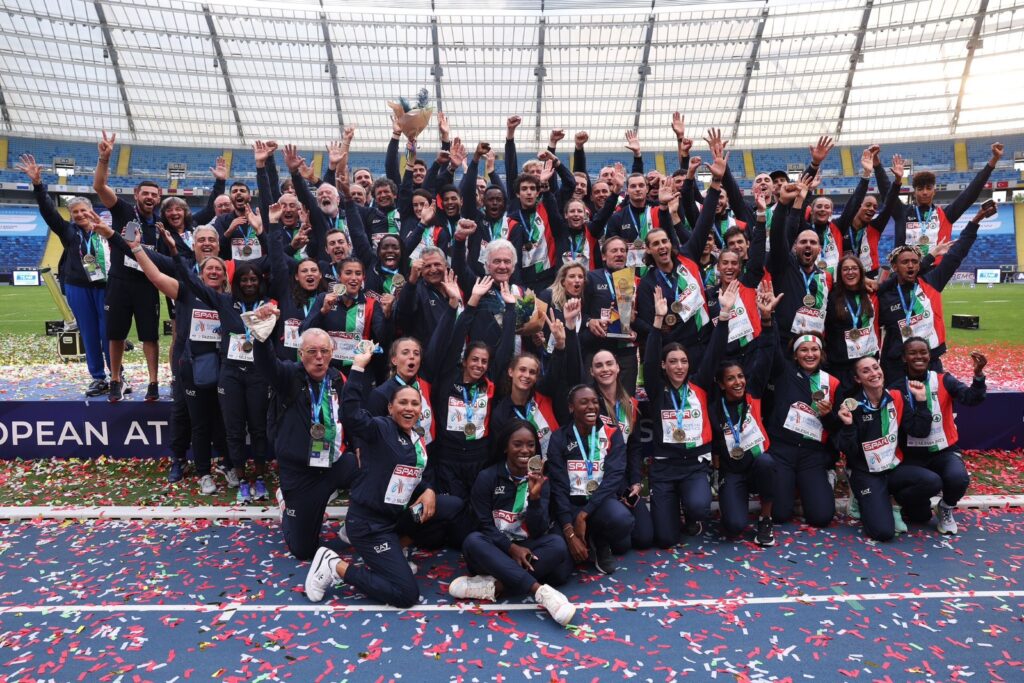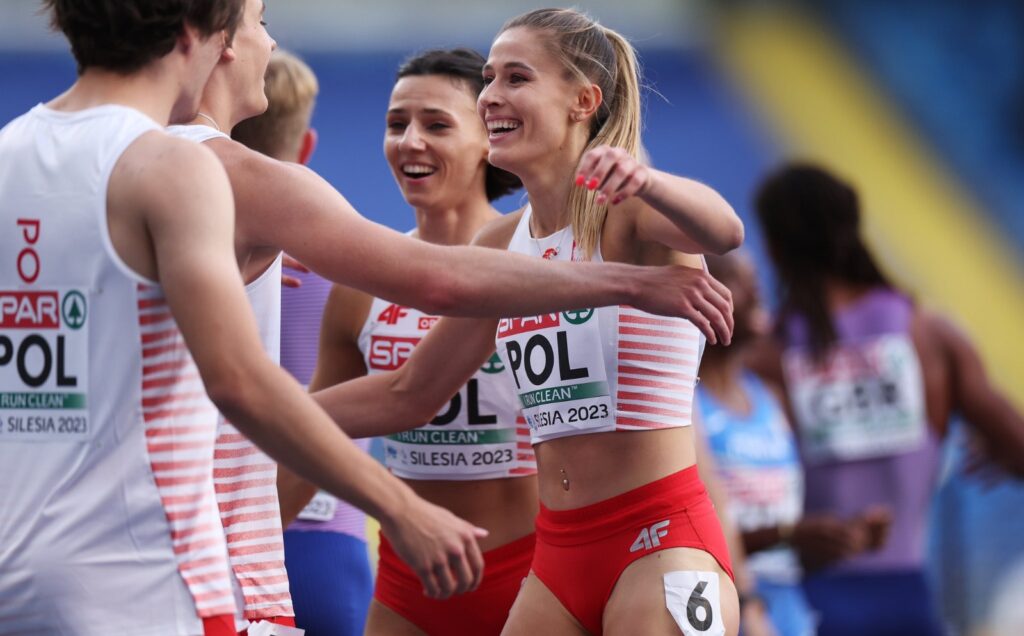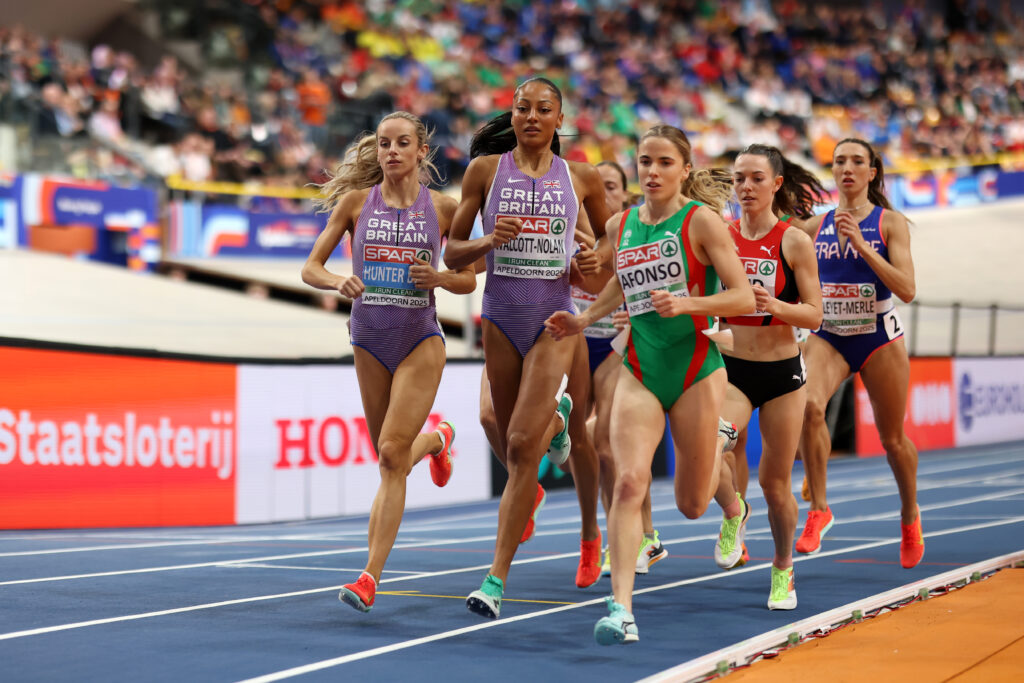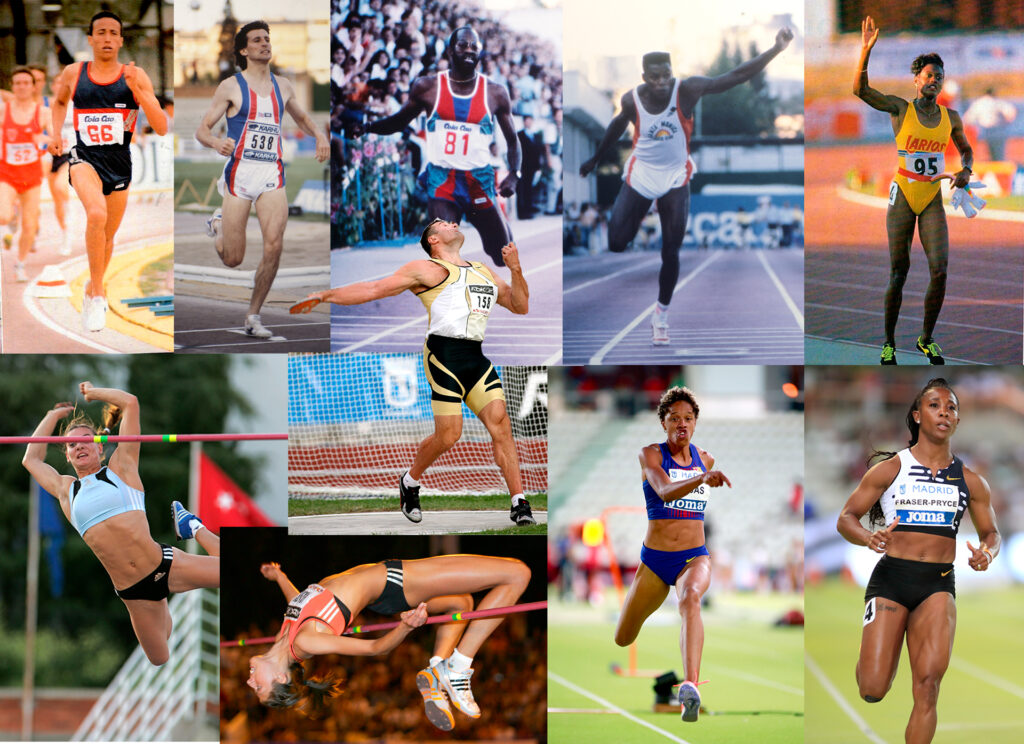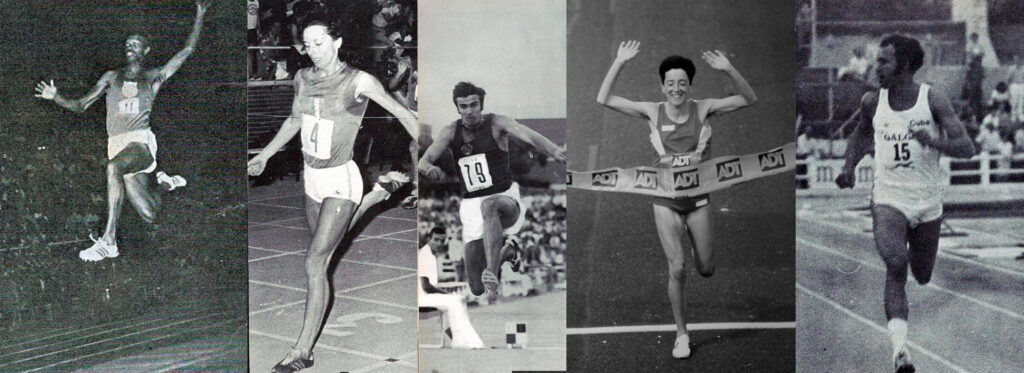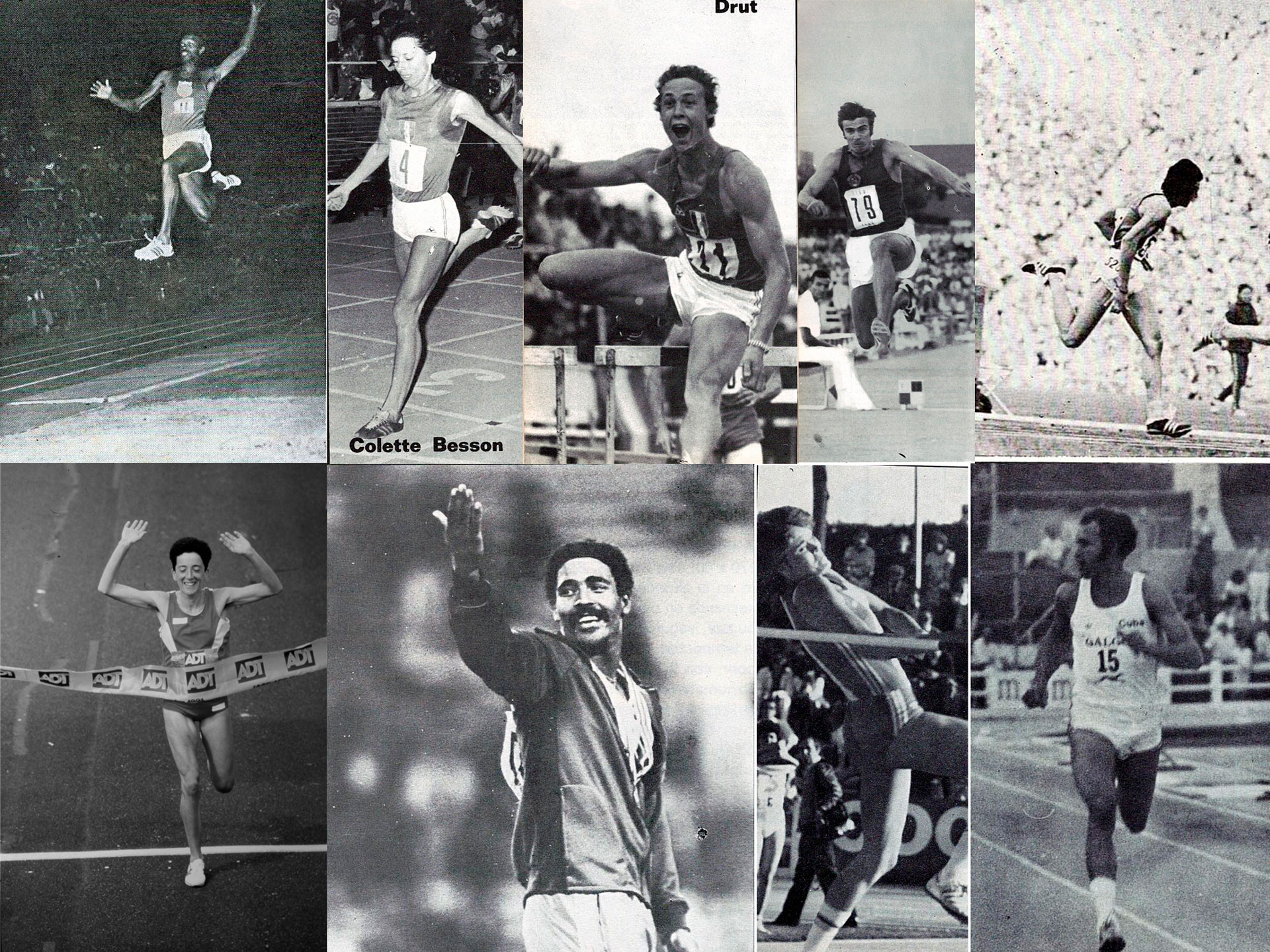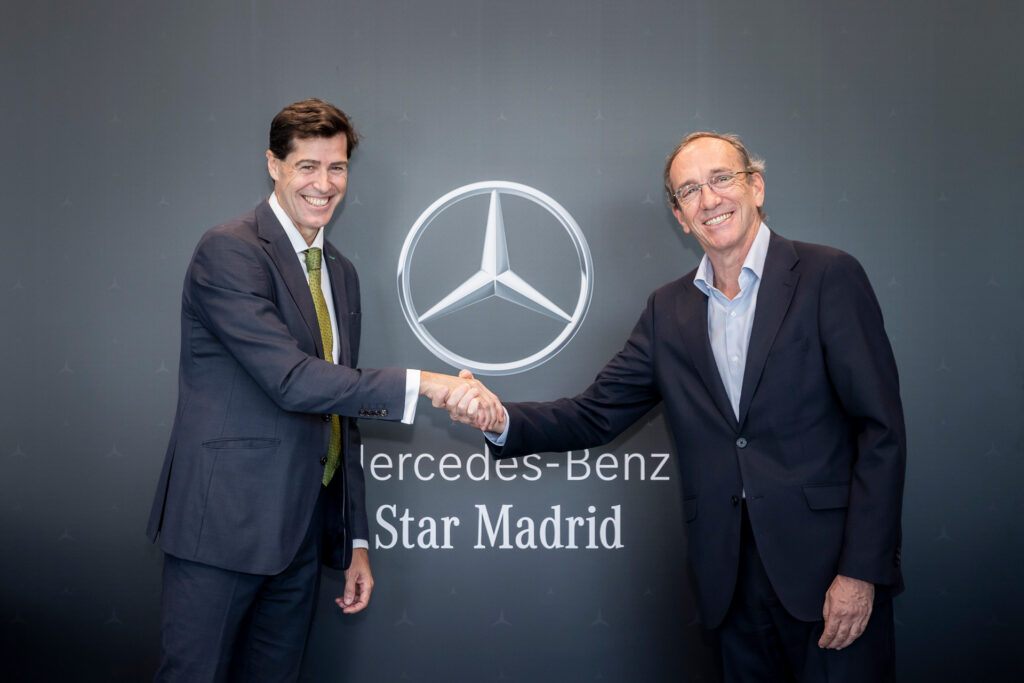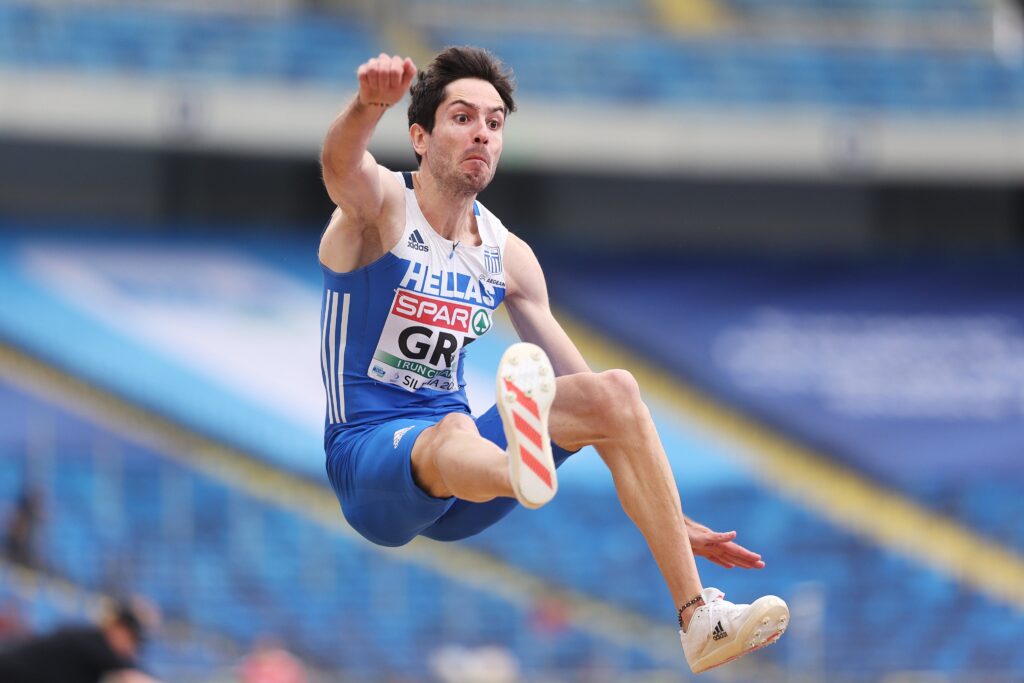
With an impressive roster featuring 9 international medalists and 12 national record holders, the Spanish squad is determined to step onto the European podium for the very first time in this prestigious team competition.
A total of 45 pre-selected athletes (23 men, 22 women), chosen by coach José Peiró and the Spanish Athletics Federation Sports Directors based on rigorous criteria, are primed for action. The European Team Championships mark a significant occasion for Spain, as it’s the first time Madrid will host the event under its current name and format. Spain previously hosted the European Super League in 1996, and this year, the excitement is palpable as the team aims for its best-ever performance. Spain, competing in the First Division, will go head-to-head with 15 other top nations: Germany, France, Finland, Great Britain, Greece, Hungary, Italy, Lithuania, Netherlands, Poland, Portugal, Czech Republic, Switzerland, Sweden, and Ukraine.
Star Power Leading the Charge
The Spanish powerhouse is led by a host of exceptional talents:
- Fátima Diame (Long Jump): A double indoor medalist in the long jump with back-to-back bronzes in Glasgow 2024 and Nanjing 2025. With a personal best of 6.84m, she’s already soared to 6.82m this year after technical adjustments.
- Adrián Ben (Middle Distance): The indoor European Champion in 800m from 2023, Adrián leads the Spanish charge in the 1500m with a personal best of 3:32.07, showcasing remarkable evolution this season.
- Mohamed Attaoui (Middle Distance): A force to be reckoned with in the 800m, Mohamed is a European silver medalist, an Olympic finalist (fifth place in Paris), and the national record holder with an incredible 1:42.04 (the ninth fastest all-time mark). He also boasts strong recent results in the 800m (1:42.73 in Paris Diamond League) and 1500m (3:32.63 in Stockholm).
- Enrique Llopis (110m Hurdles): The European silver medalist from Rome 2024 and fourth-place finisher at the Paris Olympics, Enrique is consistently challenging Orlando Ortega’s national record of 13.04. He recently clocked a superb 13.09 at the La Nucía Spanish Championships and matched his 60m hurdles national record of 7.48 this short track season.
- Marta García (5000m): A European medalist herself, Marta shattered the national record with a stunning 14:44.04 to claim third place at the European Championships in Rome 2024.
- Thierry Ndikumwenayo (5000m): “The Tiger” is back! A national record holder in 5K road and 10,000m, a European bronze medalist in Rome, and ninth in the fastest Olympic final ever (both in 10,000m), Thierry will defend Spain in the 5000m with an impressive mark of 12:47.67 achieved this month in Oslo.
- Paula Sevilla (400m): This winter and World Athletics Relays sensation, Paula earned a bronze in her first indoor European championships, matching Sandra Myers’ national record of 50.99. This summer, she continued her remarkable progression with a 50.92 in Oslo.
- Lester Lescay (Long Jump): A bronze medalist in his international debut at the Apeldoorn Indoor European Athletics, Lester brings a personal best of 8.35m and aims to secure maximum points for the team.
Key Contributors Across Disciplines
The Spanish team is packed with talent across all events:
- Field Events: Look out for Belén Toimil, a two-time Olympian and national shot put record holder (18.80m), and Laura Redondo, a prominent figure in hammer throw with a national record of 72.00m.
- Sprints: Maribel Pérez, national record holder in 60m (7.16m), will compete in the 100m and be a vital leg of the powerful 4x100m relay. Adrià Alfonso, the current national record holder in 200m short track (20.65), will double in the 200m and 4x100m.
- Relays: The relays are set to shine! The women’s 4x100m relay, fresh off their silver medal at the World Athletics Relays and a national record of 42.18 (the ninth fastest all-time mark), will look for a stellar performance at home. The 4x400m mixed relay also broke the national record (3:12.55), securing their spot for the Tokyo World Championships in Guangzhou.
Returning Favorites and Emerging Stars
Expect strong performances from familiar faces and exciting new talents:
- Daniel Arce (3000m Steeplechase): Fifth at the Rome 2024 European Championships, Daniel ended last season as the European leader with the third-best Spanish performance all-time (8:08.45). He’s already clocked 8:10.58 this year.
- Águeda Marqués (1500m): Our strong contender in the 1500m (4:00.31), Águeda reached the Olympic final in Paris and set a new personal best this season in early June in Rome (4:00.57).
- Lorea Ibarzabal (800m): Competing on her favorite track, Vallehermoso, Lorea (1:59.80) aims to break the 2-minute barrier again.
- Jaël Sakura Bestué (200m): After her second Olympic Games last season, Jaël will race the 200m with a windy 22.69 this season and a personal best of 22.54 from 2023.
The team also features promising young athletes like sprinter Abel Jordán, the U23 national record holder in 60m and 60m hurdles, and Marta Serrano, a young steeplechaser who lowered her own U23 national record to 9:24.26, making her the fourth-best Spanish athlete all-time. In high jump, Ona Bonet matched Ruth Beitia’s U20 national record of 1.89m and was senior national champion this winter. This versatile, ambitious, and competitive team is ready to give their all in front of their home crowd. For four days, Madrid will be the heart of European athletics, and the Spanish team is poised to shine and achieve their big European dream: stepping onto the podium for the very first time!
Complete Pre-Selected Squad
100 m: Guillem Crespí y Maribel Pérez
200 m: Adrià Alfonso y Jaël Sakura Bestué
400 m: Manuel Bea y Paula Sevilla
800 m: Mohamed Attaoui y Lorea Ibarzábal
1500 m: Adrián Ben y Águeda Marqués
5000 m: Thierry Ndikumwenayo y Marta García
110 m hurdles: Enrique Llopis y Xènia Benach
400 m hurdles: Jesús David Delgado y Daniela Fra
3000 m steeplechase: Daniel Arce y Marta Serrano
High Jump: David González y Ona Bonet
Pole Vault: Juan Luis Bravo y Mónica Clemente
Long Jump: Lester Lescay y Fátima Diame
Triple Jump: Marcos Ruiz y María González Sanchís
Shot Put: José Ángel Pinedo y Belén Toimil
Discus Throw: Diego Casas e Inés López
Hammer Throw: Kevin Arreaga y Laura Redondo
Javelin Throw: Manu Quijera y Paula Rodríguez
4 x 100 m men: Adrià Alfonso, Juan Carlos Castillo, Guillem Crespí, Jorge Hernández, Abel Alejandro Jordan y Jaime Sancho.
4 x 100 m women: Jaël Sakura Bestué, Lucía Carrillo, Esperança Cladera, Elena Guiu, Maribel Pérez y Paula Sevilla.
4 x 400 m mixed: Carmen Avilés, Julio Arenas, Manuel Bea, Manuel Guijarro, Blanca Hervás y Paula Sevilla.
